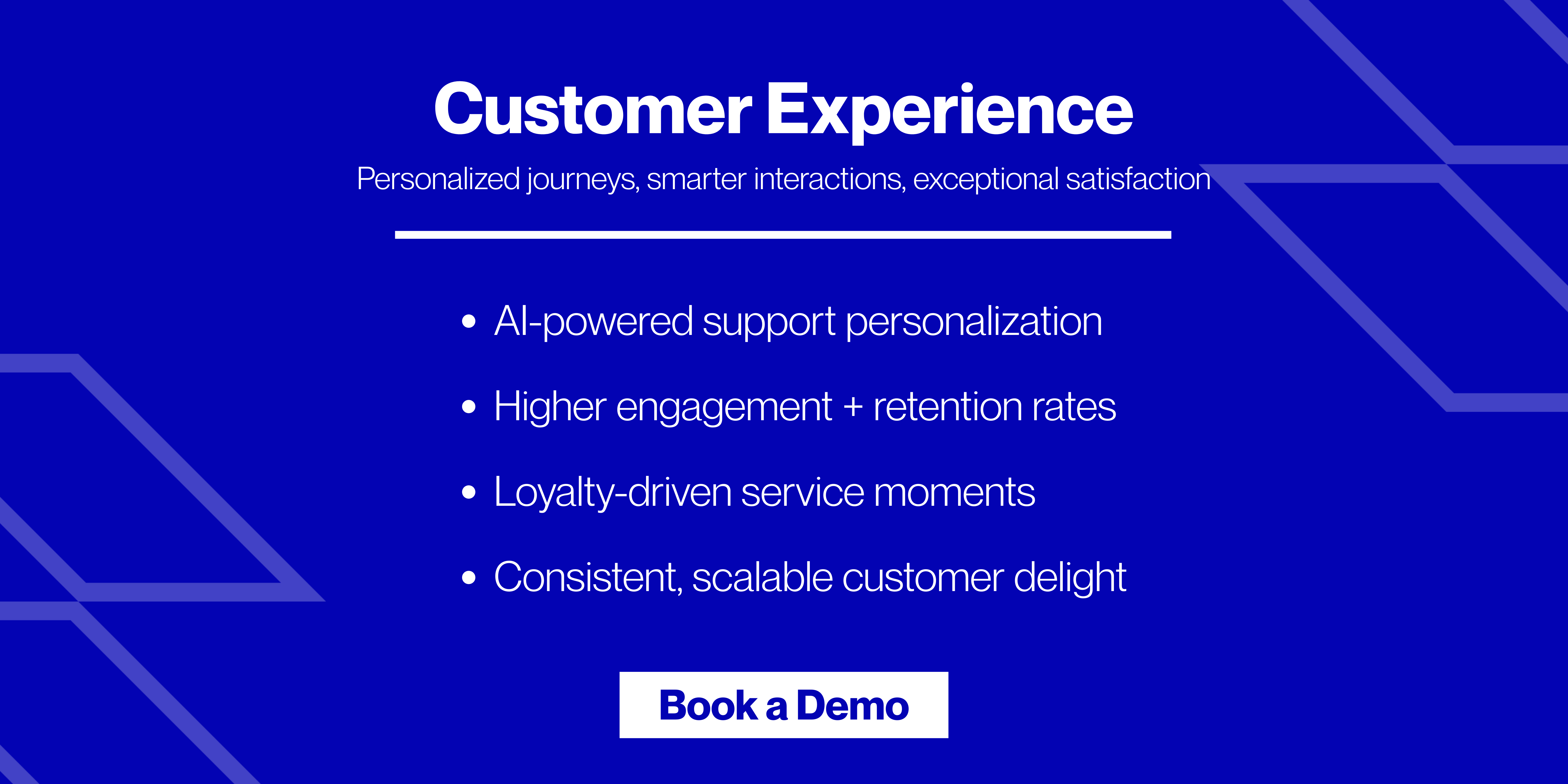Key Takeaways
- Improving your customer service level starts with personalized, empathetic interactions that make customers feel truly heard.
- Raising service standards beyond industry averages helps differentiate your brand and drive loyalty.
- Strategic automation can streamline simple tasks, freeing your human agents to focus on complex customer needs.
- Proactive support and a unified understanding of what customer service means can significantly elevate customer satisfaction.
What Is Customer Service Level?

In today’s world of instant everything, customers expect more than just quick answers and friendly agents. They want real solutions. Real empathy. And most of all? A high level of customer service that makes them feel like your business actually cares.
At its core, your customer service level is a measure of how well—and how consistently—your team delivers on customer expectations. It’s the sweet spot where speed, quality, and satisfaction come together.
It’s not just, “Did we reply?” It’s more like:
- Did we respond quickly?
- Did we solve the actual problem?
- Did the customer walk away feeling heard and helped, not just “processed”?
Sounds intimidating? Maybe. But think about the last time you had a customer service experience that made you go, “Wow, that was amazing.” Chances are, it wasn’t just about getting your issue resolved, but how it was handled. The tone. The speed. The follow-up. The fact that it felt like a real person was on the other side of the screen or phone line.
Improving your customer service level isn’t some quick fix or one-time training session. It takes consistent effort, the right systems, a strong team, and honestly, a leadership mindset that actually prioritizes the customer experience solutions, not just says it does on paper.
If you’re running a service-level call center, you know how hard it can be to balance speed with quality. There’s pressure from the top to keep metrics tight, from customers to solve problems fast, and from your team members as well.
So, how do you do it all—and do it well? This guide is your playbook for raising your customer service level across the board. Whether you’re in a support leadership role, managing a team of agents, or building a service operation from the ground up, you’ll learn:
- Why customer service level matter
- The key metrics and service level benchmarks you should be tracking
- Practical, real-world strategies to improve the level of customer service across every channel
- How to create next-level customer experiences that turn one-time buyers into lifelong fans
Ready to move from “good enough” to “exceptional”? Let’s dive in 👇
Why Does Customer Service Level Matter?
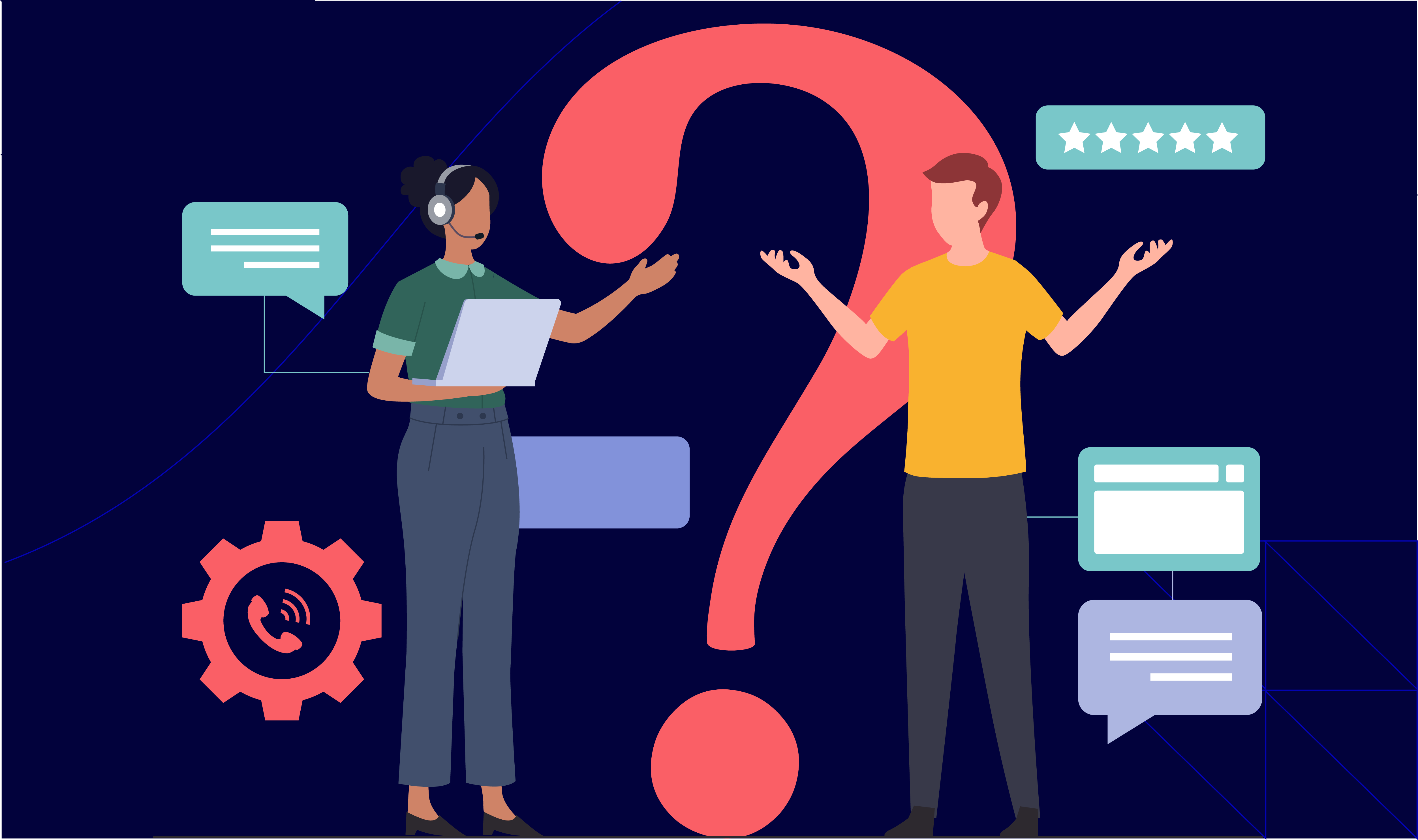
Think of your customer service level as the pulse check for your entire support experience. It answers questions like:
- How fast are we responding?
- Are we rushing through tickets just to hit KPIs?
- Are we providing accurate solutions—or just band-aids?
- Do customers feel like they’re being helped by a human, not a bot reading from a script?
If you’re running a call center, you’ve probably heard about this one: “80% of calls answered within 20 seconds”. That’s a classic example of a service-level metric. It’s one of the most common standards in the industry and it sounds great on paper. But answering fast is only impressive if you’re also solving real problems with care and accuracy.
Because here’s the truth:
You can crush response time metrics and still frustrate customers if the interaction feels rushed, robotic, or ineffective. What people really want is a mix of:
- Speed
- Clear, accurate answers
- A little empathy
- Consistency
- Follow-through
This is what really defines high levels of customer service, not just how fast you pick up the phone.
So why does this matter? Because when your customer service level is dialed in, you’ll start to see a ripple effect across your business:
- Customers stay longer and refer their friends.
- Your team becomes more confident and efficient.
- You build real loyalty—the kind that keeps you top-of-mind in a crowded market.
- And of course, fewer angry emails to respond to!
At the end of the day, improving your customer service level isn’t just about support. It’s about business growth. Great service builds trust. Trust builds relationships. And relationships drive revenue. In fact, research by McKinsey revealed that companies that are leaders in CX achieved more than 2x the growth that laggards in CX achieved over a 5-year period.
Now that you’re onboard with why customer service levels matter, let’s get into the key metrics that actually help you measure and improve your levels of customer service.
Key Metrics That Define Your Customer Service Level
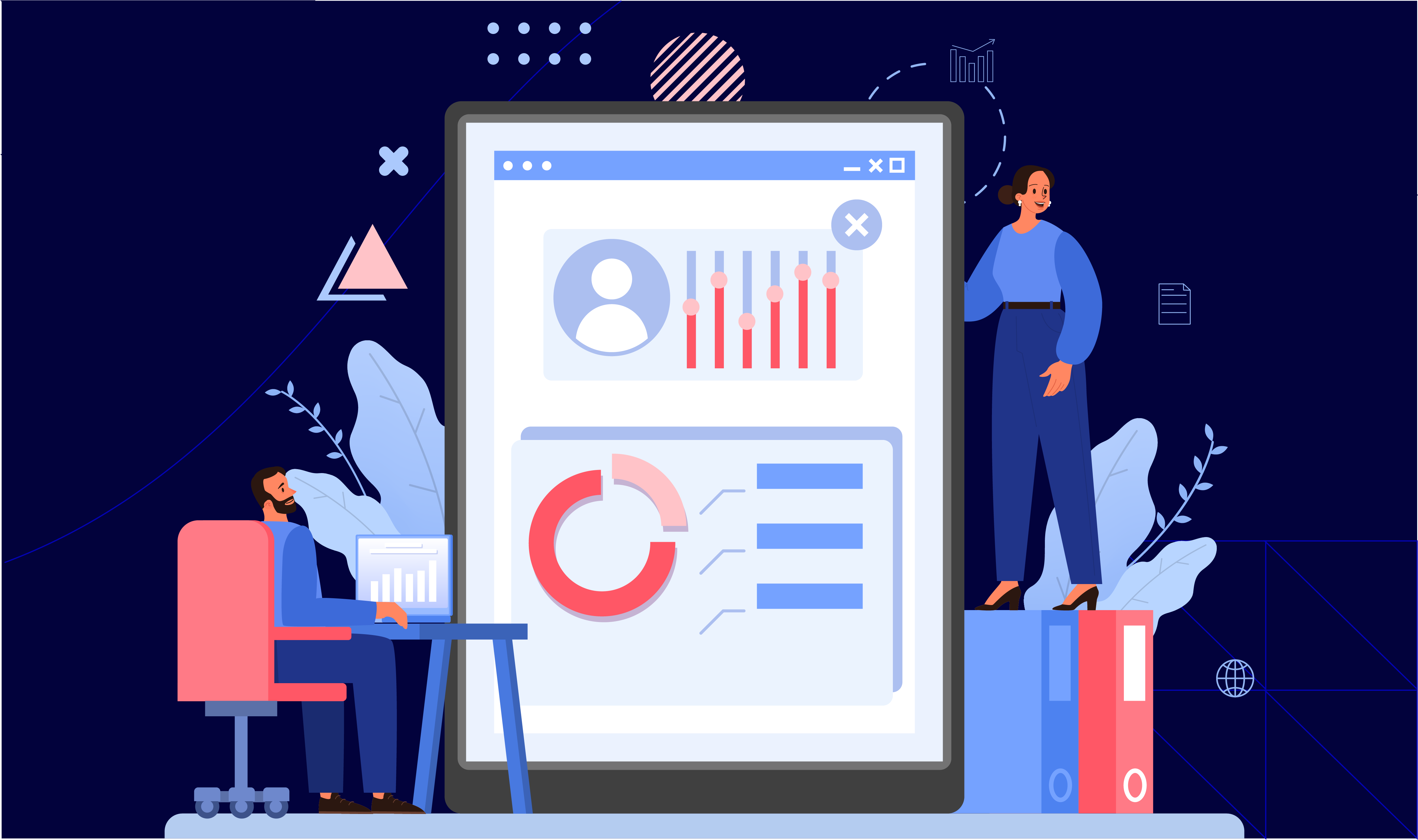
Here’s the deal: you can’t improve what you don’t measure. You might think your team is delivering a high level of customer service, but unless you’ve got the numbers to back it up, you’re basically guessing.
So if you’re serious about boosting your customer service level, these are the metrics that matter. They’ll help you see where your team is doing well and where things need a little help.
- First Response Time (FRT): How long does it take for your team to respond to a customer after they reach out? Whether it’s an email, chat, or phone call, customers want to know someone’s listening. A fast first response says: “Hey, we see you. We’re on it.” Even if you don’t solve the issue right away, acknowledging it quickly sets the tone for a better experience.
- First Contact Resolution (FCR): How often do you solve the problem on the first try? No one likes explaining their issue five different times to five different people. Higher FCR results in happier customers and a more efficient team.
- Service Level (for Call Centers): If you run a call center, this is your bread and butter. It refers to the percentage of calls that are answered within a specific timeframe. This metric is just not about speed, it’s about consistency too. When call volumes spike or agents are stretched thin, your service level drops, and customers feel it. Tracking this metric helps you spot staffing gaps, forecast busy hours, and keep service tight even under pressure.
- Customer Satisfaction Score (CSAT): This metric tracks how satisfied customers are with the customer service they’ve received. It’s simple, it’s fast, and it gives you real-time insight into how your team is doing on a customer-by-customer basis. The definition of a good CSAT score varies by industry, but in general, a CSAT score of 80% is considered good.
- Net Promoter Score (NPS): Instead of focusing on one specific interaction, NPS asks: “Would you recommend us to a friend or colleague?” It’s a pulse check on your entire brand experience—from product to support to how friendly your emails sound. And while it might not tell you exactly what went wrong in one interaction, you can always spot trends among detractors, which will indicate what needs fixing in your customer service processes.
- Average Resolution Time: This is different from first response time—it’s about how long it takes to fully solve the issue. Because, speedy replies mean nothing if the problem drags on for days. Tracking this metric helps you spot slow-moving issues, identify blockers, and streamline your internal workflows.
Your customer service level is a combination of metrics, not just one. For example:
- Fast replies but low CSAT? Customers might feel rushed.
- High FCR but long resolution time? There’s probably a workflow issue.
Look at the full picture. That’s how you find the real opportunities to level up your customer experience.
Advanced Strategies to Boost Your Customer Service Levels
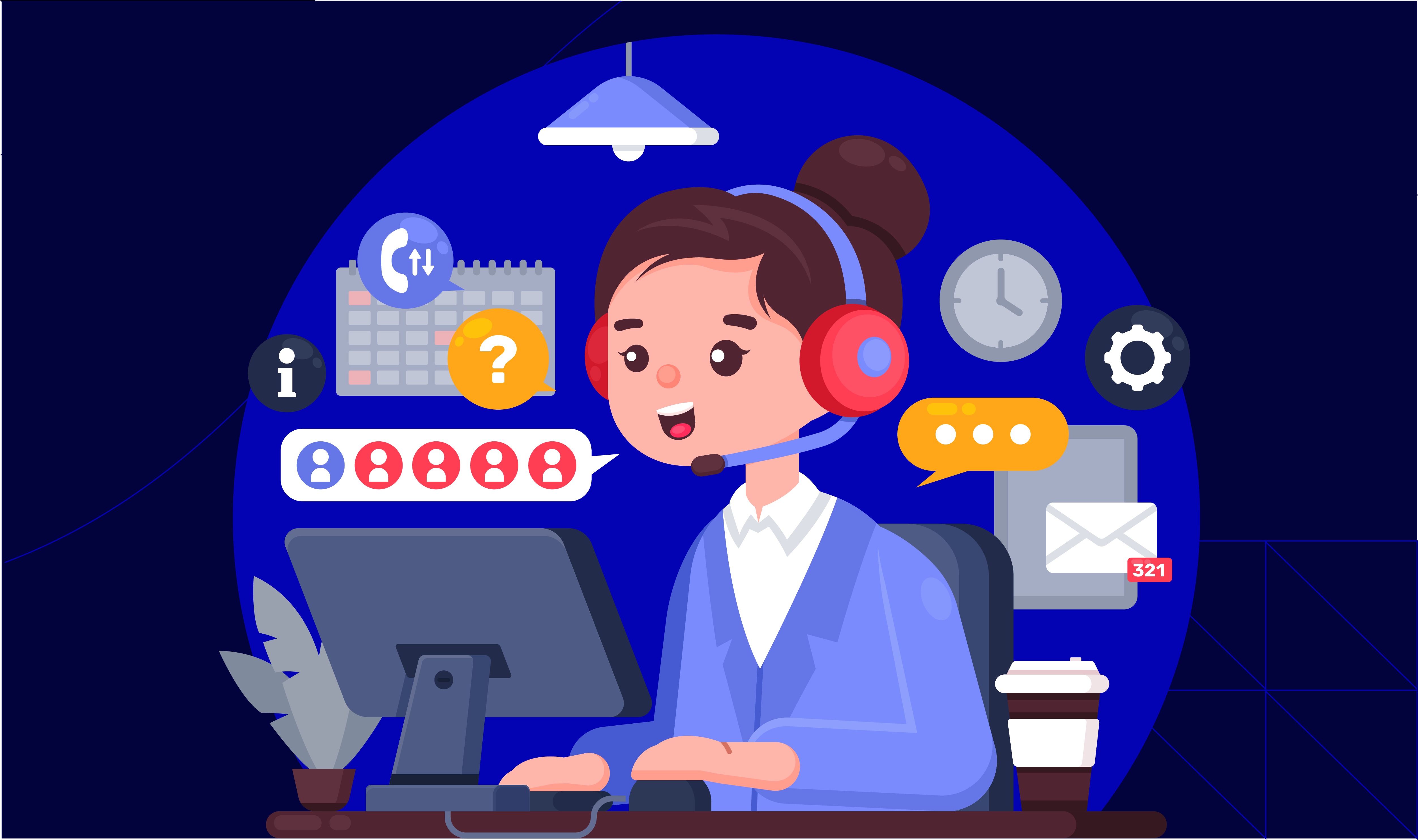
You now know what a high level of customer service looks like on paper. But how do you actually make it happen?
- Personalize Every Interaction: 71% of customers expect a brand to personalize interactions, and 76% get frustrated when that does not happen. A tiny bit of personalization can make a huge difference. Addressing customers by their names, referencing their last order or ticket, and mentioning details about their past interaction with your brand are a great place to start.
- Train for Empathy, Not Just Efficiency: While efficiency matters, speed without heart just feels robotic. That’s why training your team for emotional intelligence is a game-changer. Run regular workshops on active listening, de-escalating difficult situations, and adjusting tonalities across channels.
- Use AI and Automation: Use AI to create capacity instead of using it to manage outcomes. Use AI-based ticket routing so issues land with the right person faster. Automate order status updates, refunds, and shipping delays. Deploy chatbots that actually help—but know when to hand off to a human.
- Create Proactive Support Moments: Don’t wait for customers to come to you with a problem. Show up first. For example, a pop-up that offers help if a user is stuck on a specific page for more than the average amount of time. You don’t need to do it, but if you do, it wows the customer — and customers who are wowed usually come back for more!
Service Excellence Starts with Everyday Habits
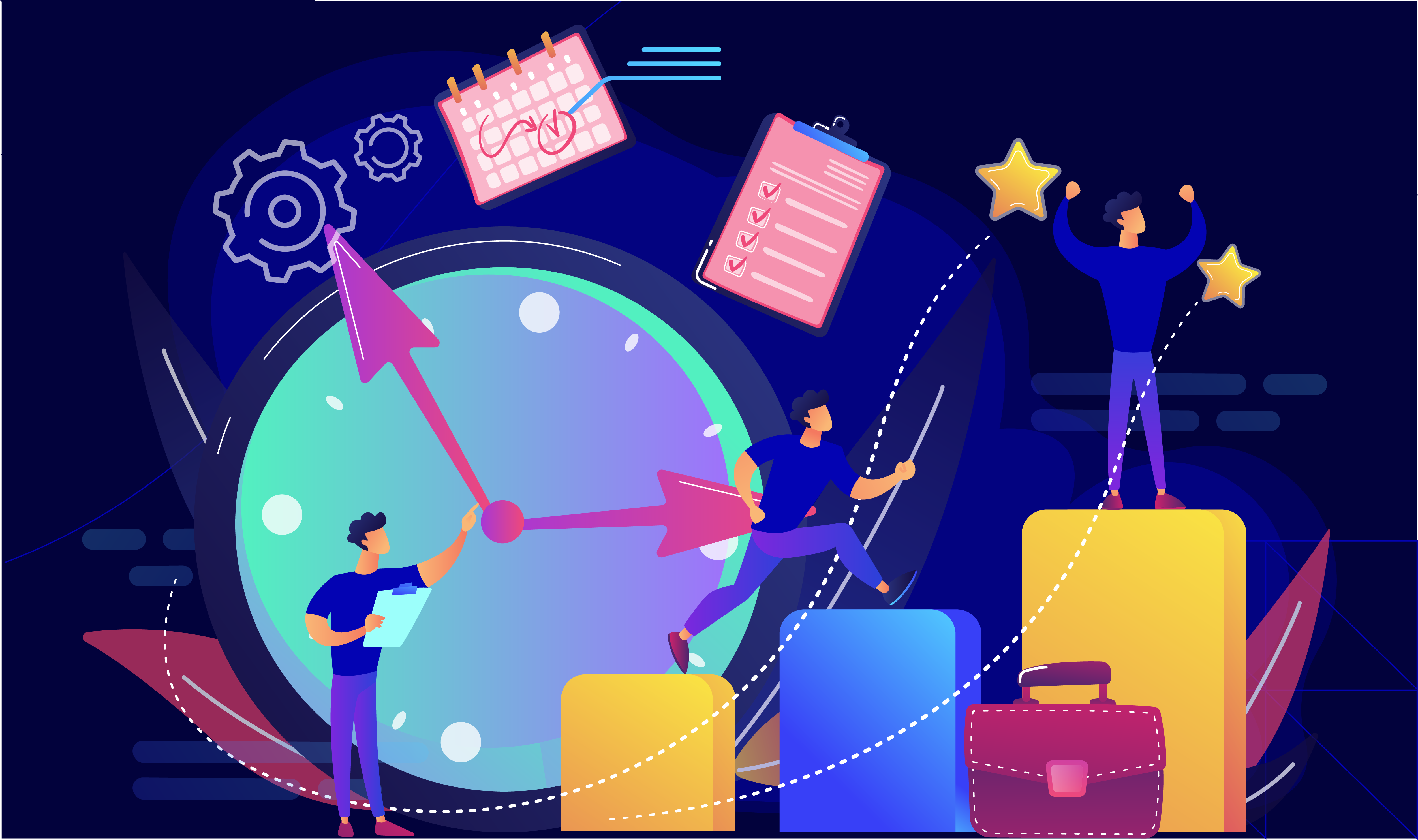
If you want to improve your customer service level, you can’t treat it like a one-time project. It’s a mindset. A daily habit. A commitment to putting the customer first, even when it’s inconvenient. Especially when it’s inconvenient. It’s about building trust, loyalty, and long-term relationships. And that kind of consistency? It takes intention, the right tools, and the right team behind you.
That’s exactly where we come in. At Atidiv, we specialize in outsourced customer service that doesn’t feel outsourced. Whether you’re a fast-growing startup or an established brand looking to scale your operations, we help you maintain a high level of customer service, without burning out your internal team or breaking your budget.
Here’s what partnering with Atidiv looks like:
- AI-Powered Automation
- Scalable Support Solutions
- Expertly Trained Agents
- Customer Loyalty, Built In
If you’re ready to scale smarter and deliver a high level of customer service, partner with Atidiv and turn customer service into your secret weapon.
FAQs on Customer Service Level
1. What is a customer service level?
Customer service level refers to the measurable performance of your support team, like how quickly they respond or how often they resolve issues within a set time.
2. How can I improve our level of customer service?
Start by training your team on empathy, speeding up response times, and using automation to eliminate repetitive tasks.
3. What’s considered a high level of customer service?
It’s when your team consistently delivers fast, accurate, and empathetic support, often going above what’s expected to delight your customers.
3. How do service-level standards apply in a call center?
Service level call center standards usually define how quickly calls should be answered, such as 80% of calls in 20 seconds, setting expectations for responsiveness.
4. Why is defining customer service important for teams?
Without a clear definition, teams can misalign on priorities. A shared understanding ensures everyone is working toward the same standard of service excellence.

